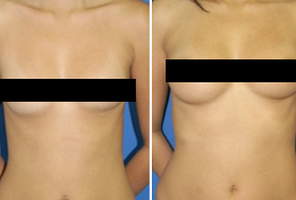The normal healing process of a wound begins with inflammation and ends with a change in the body's tissue, usually the collagen. Scarring results from an interruption to this process. For example, a wound that produces an abundance of collagen during the wound-healing process will form a keloid scar. This type of scar is very recognizable with a purple tone and thick, raised scar tissue. The scar tissue spreads out from the original scar area and grows. Another form of scarring is the hypertrophic scar. Identified by raised, thick scars with a pink hue, hypertrophic scars stay within the bounds of the original wound and do not spread over time. They may begin to fade with age. Finally, a third type of scarring is atrophic scarring. Atrophic scars are the direct result of severe skin diseases, infections, and skin conditions. Familiar forms of atrophic scars are acne scars. This type of scar is identified by depressions or pockets in the skin.
Fast Facts
- Temporary treatment of scarring, microdermabrasion, can cost $150 per treatment
- One recent study found African Americans chose laser scar removal for keloid scarring 3 times as often as non-surgical techniques

